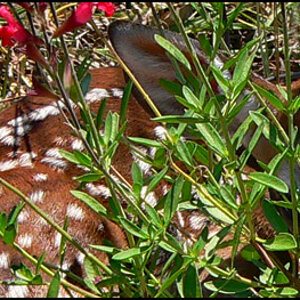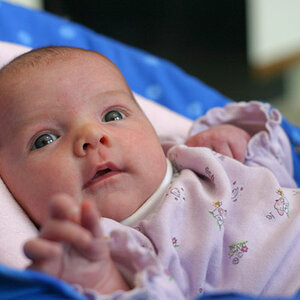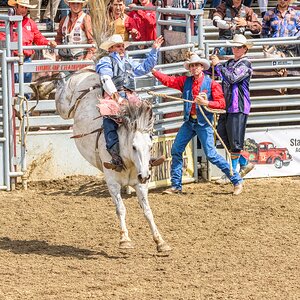Plato
TPF Noob!
- Joined
- Jul 11, 2009
- Messages
- 1,058
- Reaction score
- 1
- Location
- United States of America
- Website
- web.mac.com
- Can others edit my Photos
- Photos NOT OK to edit
Hmm...
So if a subject is much too underexposed, you can tell without exif if the shutter speed was too fast? Instead of the aperture being closed up WAY too far? Or the ISO being much too low?
The important aspect of your example is the beginning phrase "...a subject is much too underexposed..." Then, there are several solutions for that problem depending on what else you see. The solution COULD be opening up the lens OR slowing down the shutter OR increasing the ISO. For example, if there is a very large DoF AND there appears to be no benefit to the large DoF, you might suggest opening up the shutter. On the other hand, if there is a subject in motion that appears frozen, you might suggest slowing down the shutter and panning the shot.


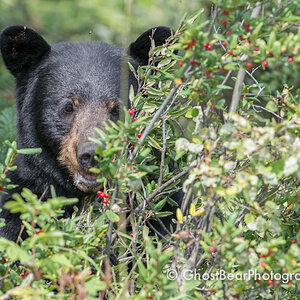
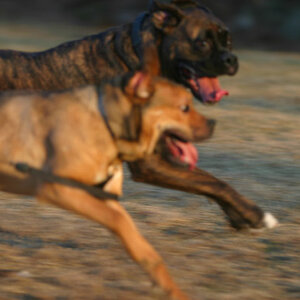

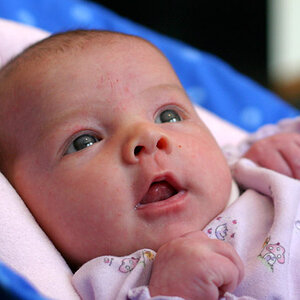
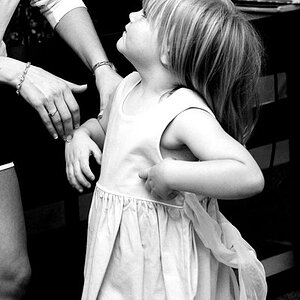
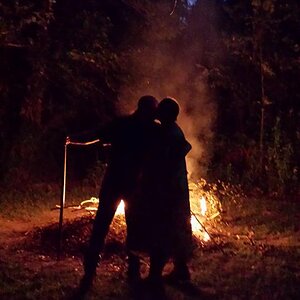
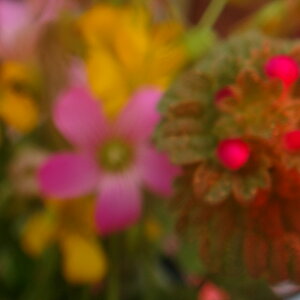
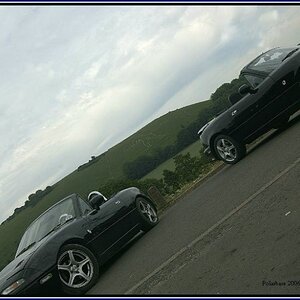
![[No title]](/data/xfmg/thumbnail/31/31034-2d8812b75c0bd23fdc2c885c24194e1f.jpg?1619734580)
